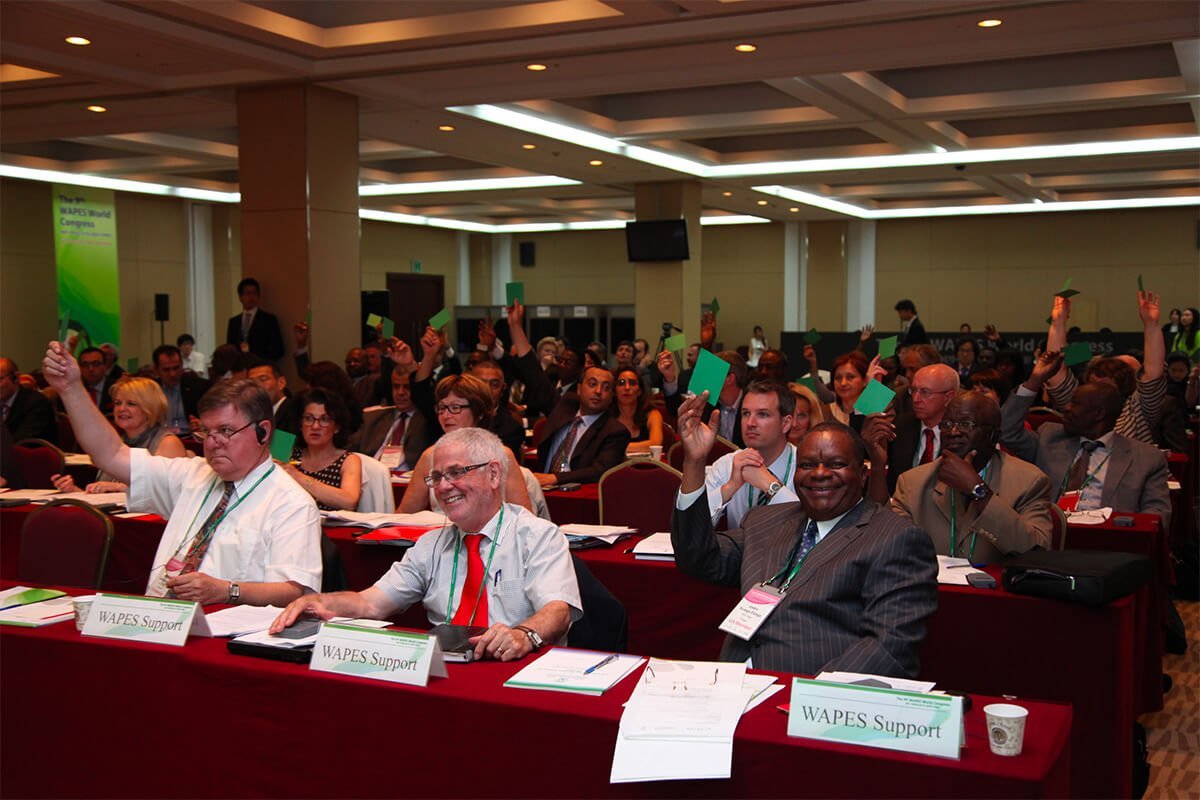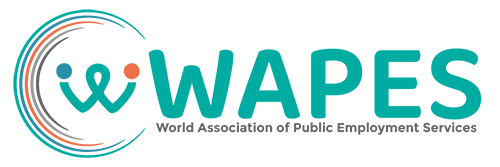Our history
WAPES Networks
Context

WAPES was funded in 1988 by six countries (Canada, France, Germany, Netherlands, Sweden and the United States), with the support of the International Labour Office (ILO).
Canada held the Presidency and Switzerland held the Secretariat.
In the 80-90s, labour markets were in turmoil. Public employment services (PES) were undergoing strong structural reforms. In this environment, WAPES was perceived as essential to encourage contacts among the diverse institutions, to promote exchanges of information and experiences, and also to improve the cooperation between more developed and less developed PES.

The International Labour Office’s role
The ILO played a very active role during the creation and the constitution of WAPES.
Indeed, at the end of the 70s, Sergio RICCA of ILO/ADMITRA (the Administration of work branch) invested a lot of energy to find the funds necessary for the financing of a structure to help PES to meet, to know each other better and to learn from each other.
Thanks to him and thanks to the strong commitment of Lionel Dixon from the Canadian PES, the foundations of WAPES were set up.
The ILO quickly considered that WAPES could be a tool of valuation, not only in the strengthening of the daily work of PES, but also in the improvement of the international legal frame.
At the same time, Sergio RICCA had the idea to modernise the Convention n ° 88 of the ILO governing the organisation of Public employment services since the 40s.
A Movement Becoming an Organisation
The Executive Secretariat was responsible for the production of the Journal of WAPES as well as the organisation of meetings and diverse activities of the association.
In 1995, the Treasurer, Ronald VAN BEKKUM, organised the financial system which continues even today by establishing an accounting system with a rigorous control.
In 2012, during the World Congress of Seoul, WAPES became an International Non-for-profit Association (AISBL), its current legal shape.
AMSEP is now an influential organization in different regions of the world, representing the expertise of more than one million employees and working hand in hand with major international organizations.
Between the first World Congress in Niort in 1992 and the second in Stratford sur Avon in 1995, 30 Public employment services joined the Association.
Officially, WAPES headquarters were established in Geneva, the ILO having played a first-rate role during the creation of the Association.
The first President of WAPES, Lionel DIXON, managed the association from Ottawa in Canada, while the first two Executive Secretaries, Kjell SUNDBERG and Luc WAGT worked from Geneva.
In 1995, the Executive Secretariat department was transferred in Vienna; the Treasurer Ronald VAN BEKKUM worked from Rijswijk, in the Netherlands.
Five years after its creation, WAPES went through its first transition. Indeed, from a movement, inspired and pushed by individualities, it became a structured organisation.
Expansion of WAPES Network
The cooperation between WAPES and the European Commission started during the summer of 1996 (at the beginning of the European Strategy of Employment) when the EC began to be focused on the role of the politics of the labour market and the employment services, in Member States, in order to improve the employment placement of skilled workforce and the consideration of unemployment.
The convergence of interests between the EC and WAPES was orchestrated by Allan LARSSON who managed the Swedish PES (from 1983 till 1990) and by Juhani LÖNNROTH, Director of the Employment Unity of the ILO (from 1991 till 1996) and DG of the European Commission as well as Deputy Director General of Employment and Social affairs (from 2001 till 2003).
In 1996, WAPES also set up the first steps of cooperation with the OECD/DEELSA (the Direction of education, employment, work and social affairs), where Franz GUNDACKER, Executive Secretary of WAPES from 1994 till 1997 worked as consulting.
The main interest of the cooperation between the OECD and WAPES was the comparative examination of the Public employment services and the political and economic questions of transition in the countries of central and eastern Europe, included in the programs of the OECD.

A few important dates
1988
Creation of WAPES
1995
WAPES is financially independent
1996
1997
Creation of the first WAPES website
1998
1999
2001
2004
2009
2012
2013
2014
2016
2022
New digital platform




